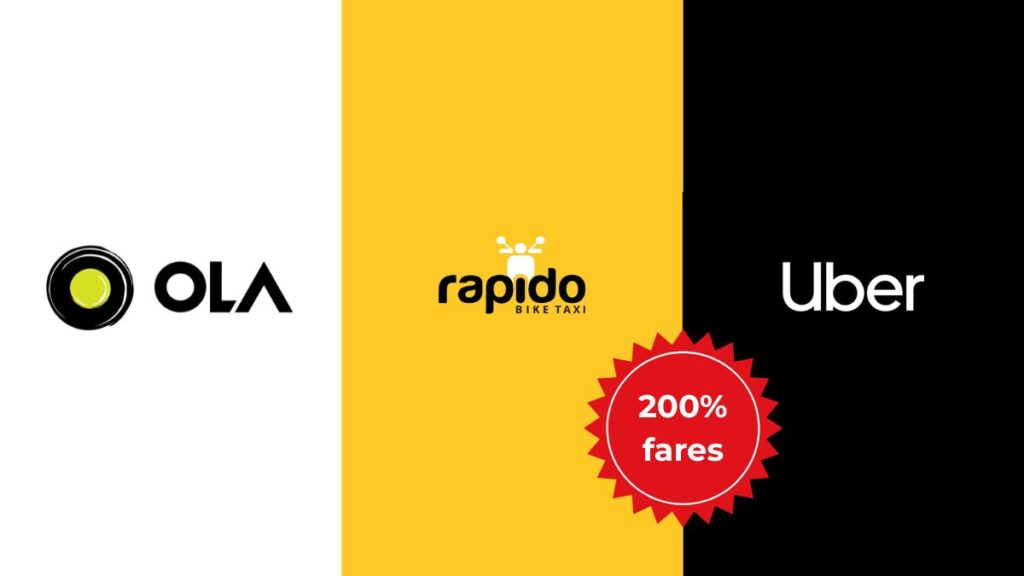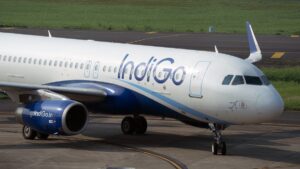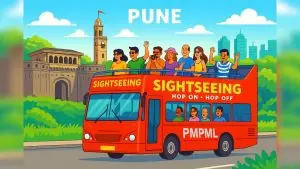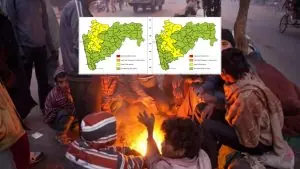Ola, Uber, Rapido permitted to double fares during peak hours: Govt. revises fare regulations, check details and how it affects your commute

In a significant policy shift, the Central Government has revised fare regulations for ride-hailing platforms like Ola, Uber, and Rapido, permitting them to double fares during peak hours—up from the earlier cap of 1.5 times the base fare. This revision is part of the newly introduced Motor Vehicle Aggregator Guidelines (MVAG) 2025, issued by the Union Ministry of Road Transport and Highways.
The updated guidelines aim to standardize operations for app-based cab services nationwide while allowing state governments to frame their own regulations within three months. The move has sparked mixed reactions, with passengers concerned about rising commuting costs, while drivers and aggregators welcome the flexibility.
Key Changes Under MVAG 2025
1. Increased Fare Surge Limit
- Peak-hour fares can now go up to 200% of the base fare (previously capped at 150%).
- Off-peak flexibility: Drivers can offer rides at lower fares during non-peak hours.
2. Defined Base Fare Structure
- The minimum base fare must be set for at least 3 kilometers.
3. Stricter Cancellation Penalties
- Drivers cancelling without a valid reason face a 10% fare penalty (max ₹100).
- Passengers cancelling unjustifiably will also incur similar penalties.
4. Revised Revenue Sharing Model
- Driver-owned vehicles: Drivers must receive at least 80% of the fare.
- Company-owned vehicles: Drivers entitled to minimum 60% of the fare.
5. Mandatory Health Insurance for Drivers
- Aggregators must provide ₹5 lakh health insurance coverage for drivers.
Impact on Commuters and Drivers
The decision comes amid rising inflation, raising concerns about higher commuting costs, especially during peak hours. While the government aims to balance the interests of ride-hailing companies, drivers, and passengers, the long-term effects will depend on how states implement these guidelines.
With states expected to draft their own rules soon, the real-world impact of MVAG 2025 on fare structures and commuter convenience will become clearer in the coming months.







